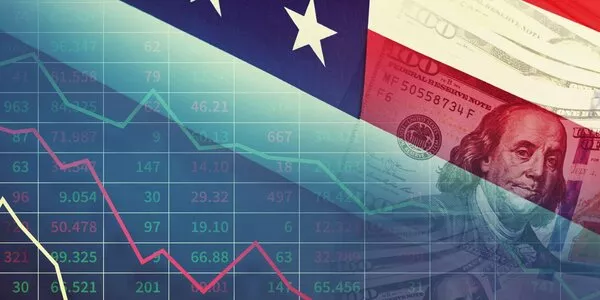
House Views - July 2021
The group Global Investment Committee was held this week to review the outlook and investment strategy in light of the unfolding coronavirus epidemic. These are the conclusion highlights.
Macro
The success of the vaccine rollout in many countries has allowed for the unlocking of economies and a gradual return to normality. However, the re start lead to a spike in inflation weighing on sentiment as it could trigger a hawkish turn in central banks’ monetary policy. The approval of the “NextGenerationEU” plan provides a positive backdrop for Eurozone economy and should strengthen the outlook for the forthcoming two years. China was first to recover from the COVID-19 pandemic. While continuing to grow at a good pace we witness a slowdown in some leading indicators, which could indicate that the country’s growth momentum has peaked. The global GDP growth momentum continue to firm up despite worries over new COVID variants arising.
Central Banks
Recent central bank meetings confirmed monetary policy will remain accommodative short term. Policymakers are convinced that the overshoot to their 2% inflation targets will prove transitory. Inflation is indeed largely explained by weak base effect, shortages, and bottlenecks linked to the reopening of the economy. Wage inflation is still subdued and employment is far from recovering pre crisis level. While maintaining the Flexible Average Inflation Targeting (“FAIT”) framework allowing inflation to overshoot short term, the Federal Open Market Committee (FOMC) delivered a hawkish surprise, with the median forecast now suggesting two rate hikes in 2023. This has pushed up front end yields while long terms interest rates eased somewhat implying “bull flattening” of the US yield curve. Meanwhile, the European Central Bank (ECB) maintained its dovish tone. Christine Lagarde, the ECB president, considers it is "premature and unnecessary" to discuss questions related to ending Pandemic Emergency Purchase Programme (PEPP), especially as unemployment remains high and wage pressures muted. At the margin, the pace of bond buying will accelerate ahead of the summer holidays. Putting it all together we believe, monetary policy will remain strongly supportive for some time having in mind the large inventory of government bond issuance to fund recovery plans.
Markets
Even if the spike in inflation does prove transitory, ultra-low bond yields do not look sustainable and we expect them to resume their rise, pushing bond prices lower. The difference in yield between corporate bonds and sovereigns (known as “credit spreads”) is narrow, offering little value for investors. Our preferred asset class thus remains equities. Although equity valuations might look rich in absolute terms they are not relative to bonds. From a total returns perspective there is actually little alternative to equities over the medium term. Gold fell after the Federal Reserve pivot on interest rate outlook but remains attractive to hedge tail risk. Despite the recent rise of the US dollar, we continue to expect euro and dollar yields to rise in parallel and the currency pair to remain sideways.
Bottom line
The environment continues to favour equities and we remain Overweight but have made some adjustments in regional allocations. We have upgraded our view on the US back to Neutral on the back of a buoyant recovery. US GDP forecasts are revised up to 7% for this year by the Fed and spike in inflation should prove transitory. To balance portfolios, we downgraded our view on Japan to Neutral
as the pandemic drags on. We also continue to recommend a balanced mix between Growth and Value and look for companies that have good pricing power to pass on the increase in input prices to consumers so as to preserve margins. Fixed income markets should be kept Underweight in portfolios, in particular advanced economy sovereign bonds, although the yields available on emerging bonds
remain attractive. Among diversification tools, we are still Neutral on hedge funds and Overweight on gold.




